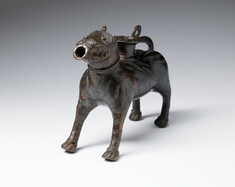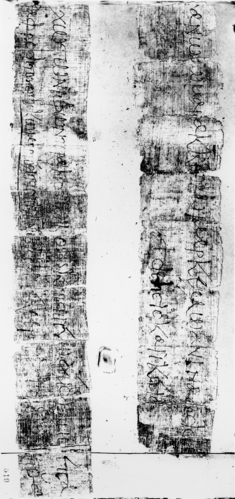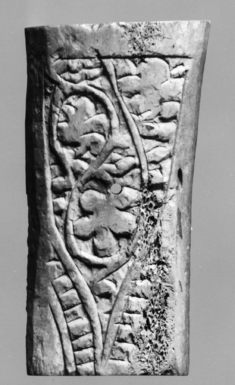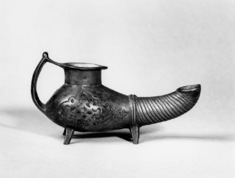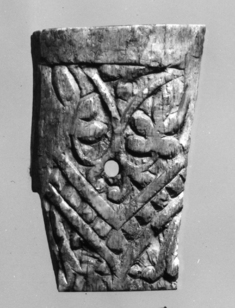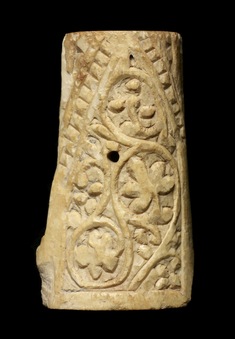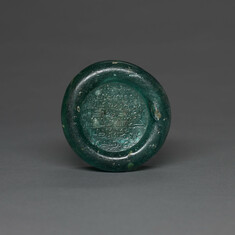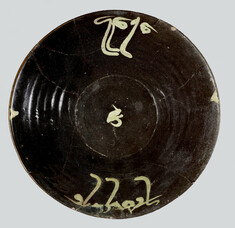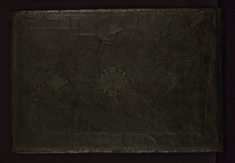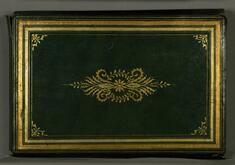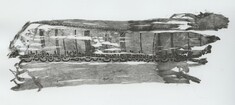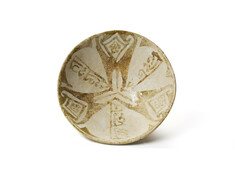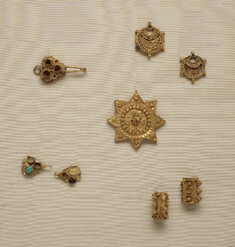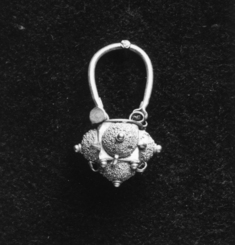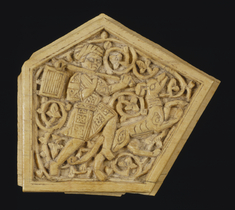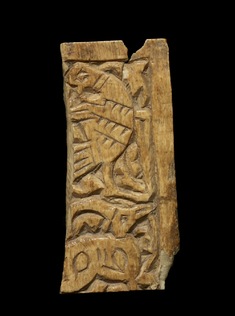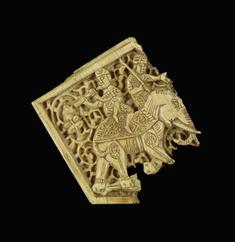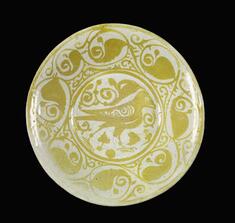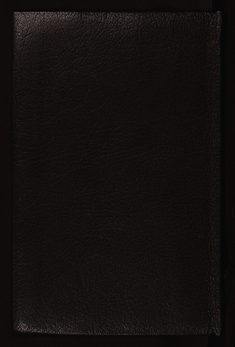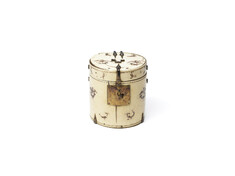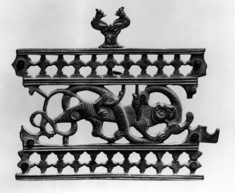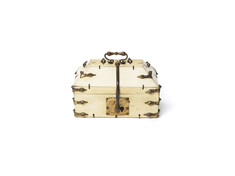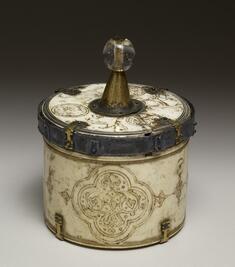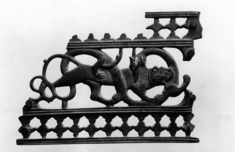Islamic World
The term “Islamic art” encompasses the entire realm of artistic production in those lands where, from the 7th century onward, the Muslim religion took hold. Islamic art includes not only objects used in the service of religion but also those created for the courts of the Middle East and Central Asia, as well as articles used in everyday life, over a territory that at its height stretched from present-day Spain and North Africa westward to India. The museum’s holdings reflect the cultural diversity and geographical range of Islamic cultures.
Islamic achievements in all artistic media are represented at the Walters. Among the highlights are a 7th-century carved and hammered silver bowl from Iran that demonstrates the continuation of Sassanian traditions in early Muslim Persia; a 13th-century candlestick made of copper, silver, and gold from Mamluk Egypt; 16th-century mausoleum doors decorated with intricate wood carvings in a radiating star pattern; a delicate 17th-century silk sash from Moghul India; and a 17th-century Turkish tile with an image of the Great Mosque of Mecca.
The term “Islamic art” encompasses the entire realm of artistic production in those lands where, from the 7th century onward, the Muslim religion took hold. Islamic art includes not only objects used in the service of religion but also those created for the courts of the Middle East and Central Asia, as well as articles used in everyday life, over a territory that at its height stretched from present-day Spain and North Africa westward to India. The museum’s holdings reflect the cultural diversity and geographical range of Islamic cultures.
Islamic achievements in all artistic media are represented at the Walters. Among the highlights are a 7th-century carved and hammered silver bowl from Iran that demonstrates the continuation of Sassanian traditions in early Muslim Persia; a 13th-century candlestick made of copper, silver, and gold from Mamluk Egypt; 16th-century mausoleum doors decorated with intricate wood carvings in a radiating star pattern; a delicate 17th-century silk sash from Moghul India; and a 17th-century Turkish tile with an image of the Great Mosque of Mecca.
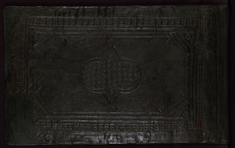
Qur'an
